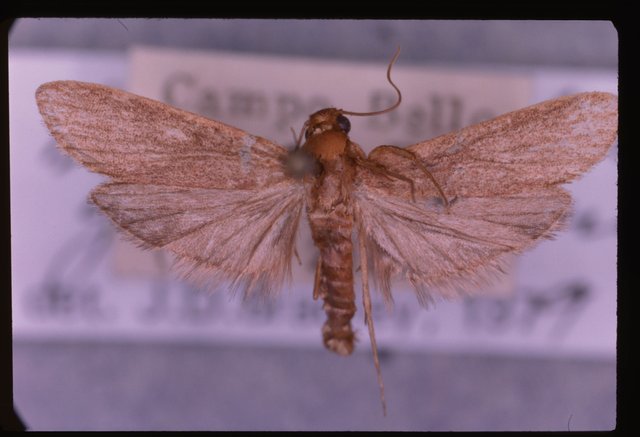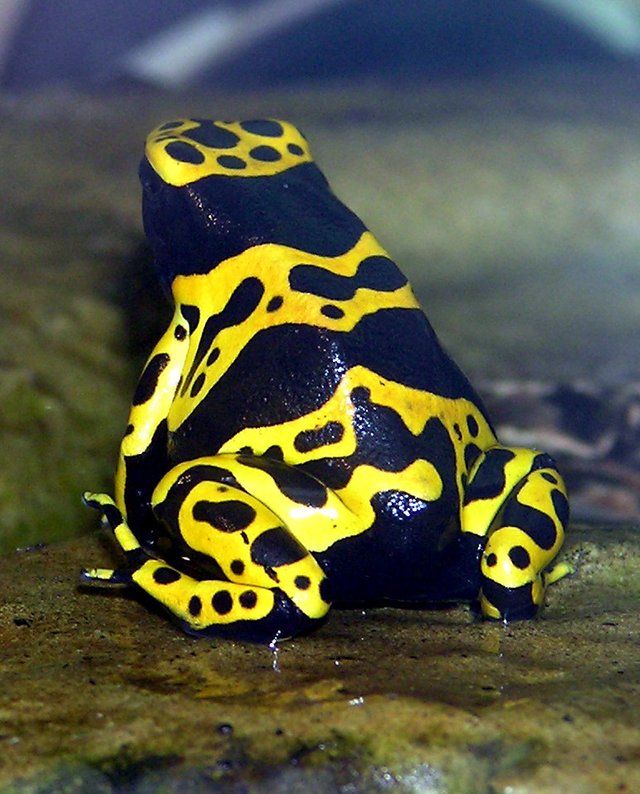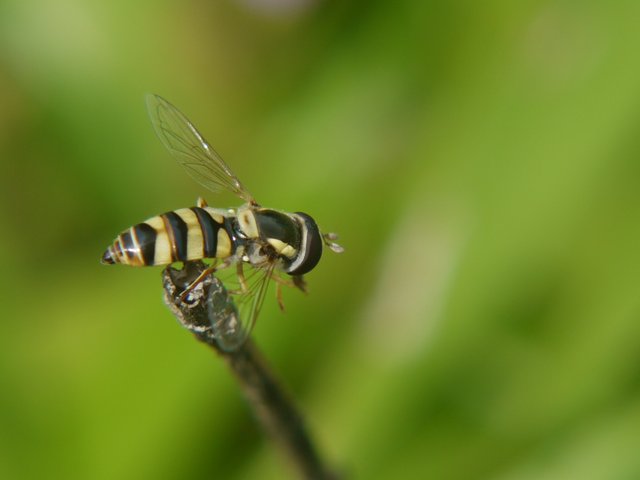Some harmless animal species imitate the warning signs of harmful species to scare predators (Amazing Animal Adaptations #7)
If you are a harmless animal, surviving can be difficult. There are usually many predators that would like to eat you for dinner, but what do you do if you don’t have any form of defense? Producing poison or venom is costly in terms of energy, and some species just don’t have the extra energy needed to evolve this adaptation. A much cheaper (again, in terms of energy) solution is to just mimic the warning signals of dangerous species!
This effect is known as Batesian mimicry. Most people think of this concept when they hear the word mimicry, but there are actually several different types of mimicry, and the phenomena I just described is known as Batesian mimicry.
Using this adaptation might be looked at like some sort of cheat, but it is far from perfect. It has its own problems which we will cover later in the post, but it is nevertheless a very interesting adaptation style.

The image on the top shows a poisonous coral snake (Micrurus sp.), while the image at the bottom shows a completely harmless Milk snake (Lampropeltis Triangulum). I would personally stay away from either of them, even despite the fact that one of them is completely harmless.
Image of the coral snake is by Wikipedia user Dawson, posted under the Creative Commons Attribution-Share Alike 2.5 Generic license.
Image of the milk snake is by Wikipedia user BillC, posted under the GNU Free Documentation License.
How the Batesian mimcry functions
For the Batesian mimicry to actually work, the species need a model which it can imitate, and this must of course be living in the same area and biotope as the mimic species. This model species needs to have an honest warning signal, because predators need to actually experience the downsides to attacking the model species in order to learn that it is not good for consuming. These warning signals might be something like a foul taste or even venom, which will make the predator pick other prey. They usually don’t kill the predator, but are annoying enough that they learn to not eat the species.
The basis of the Batesian mimicry is to fake the warning signal of the host species, so it can benefit from the warning without having to evolve the actual adaptation to create the thing they are warning against. The warning signals are usually bright colors, but they can actually use any of the senses, and there are examples of Batesian mimicry where a species mimic ultrasound warning signals sent out by moths.

A snout moth (Pyralidae sp.). These are known to be tasty to bats, but mimic the ultrasound signals sent out by Tiger moths (Arctiinae sp.), which are known to be very foul tasting for bats, and they stay away from them, Image by Dr J.D. Bradley, released as Public Domain.
Why do animals even have warning signals?
There are very many examples of animals that have some sort of warning sign, like bright colors (common for frogs, snakes and many other animals) or reverse countershading (honey badger). This is known as aposematism, and can be used by both predators and prey to signal that other animals should stay away from them.

A Yellow-banded poison dart frog (Dendrobates leucomelas). This is a very good example of aposematism, where bright colors indicate that you should not attempt to eat this species. Image is posted as Public domain.
Some of you might wonder why the animals even have warning signals at all, and this is based on the signaling theory. To make a pretty complex theory easy, let us just say that it is based on a mathematical theory that sending an honest signal is better for surviving than sending a false signal.
For a lot of species, sending an honest signal can be the best evolutionarily stable strategy (commonly just abbreviated ESS in ecology studies). The theory says that if most of the population employs the ESS, no other strategy can beat them.
The species that use Batesian mimicry obviously don’t follow the honest signals, but the point is that the ESS for one species is to give honest signals, while for other species it might be to send false signals, such as using mimicry.
I know that this part of the post is probably pretty confusing, and the basis of all this is done by applying the economic theory known as game theory into ecological studies. It is actually really interesting, but let us return to the mimicry, and leave the game theory for a later post.
Too much of Batesian mimcry can ruin the whole strategy
The thing with Batesian mimicry is that only a certain amount of organisms in a certain area can use it. If the population that uses the mimicry gets too big, the predators will have a higher chance to eat the species that uses mimicry instead of the one that actually sends an honest signal, and are much more likely to attack the animal.
For this reason, one would usually find more animals with the honest signal than animals that uses the Batesian mimicry. A lot of the animals that uses Batesian mimicry does not manage to get a perfect deception, and even small differences might be enough that the signal fails them, and they end up being eaten. There are actually lots of different theories as to why the fake signal is not perfect, but there is still a lot of debate and uncertainty in this area.

Above is a hoverfly (Syrphidae sp.). They are harmless since they don't have a stinger, but lots of the species looks a lot like wasps or bees! This is used to make predators stay away, and is also responsible for scaring a lot of humans. Image by Dinesh Valke, posted with the Creative Commons Attribution-Share Alike 2.0 Generic license.
A very cool strategy used by some of the species that applies the Batesian mimicry is to have several different mimic morphs. This is found is the butterfly known as African swallowtail (Papilio dardanus). There are several inedible butterflies in the same area as the African swallowtail, and it can mimic several different host species. This is done by having polymorphic genes that control the mimicry, so the offspring of a single African swallowtail can actually end up looking like several different other butterflies that all have different warning signals.
We find a lot of cool aposematism and Batesian mimicry in the wild, and I think this is a really fascinating way to see that some animal species prefer to cheat on the adaptations from other animals instead of evolve their own defense mechanisms.
Thank you for reading
Thanks for reading my short introduction to how Batesian mimicry functions! I hope you enjoyed reading it, and please share any comments or questions below! If you enjoy these kind of posts, make sure to follow me :)
Amazing Animal Adaptations
This post is part of a series called Amazing Animal Adaptations. I try to highlight some cool adaptations that we find in the nature, so make sure to follow me if you like these kinds of posts.
Previous entries in the series:
- The incredible strength of the Coconut crab.
- The biological secrets behind the hibernation of brown bears.
- How clownfish changes their sex depending on the social group.
- Buffalo herds use a voting system to select their next grazing spot.
- How the Greater honeyguide bird lead humans to find honey.
- How the Immortal Jellyfish can achieve biological immortality.
Sources
- An introduction to behavioural ecology, fourth edition. By Davies, Krebs & West. Page 102-103.
https://steemit.chat/channel/steemSTEM
Very nice series of posts showing how nature can adapt to basically anything! We are looking forward to read the next chapters!
As a bonus, and in addition to resteeming for exposure. We are awarding you a small 5 Steem Power deposit as a thank you for creating quality STEM related postings on Steemit. We hope you will continue to educate us all!
Thank you! :)